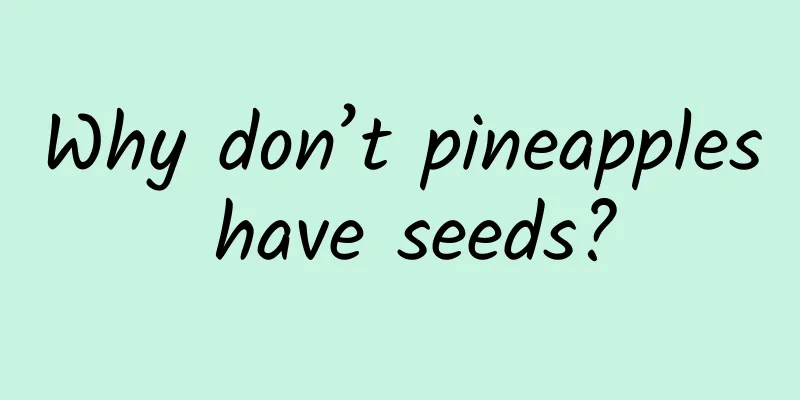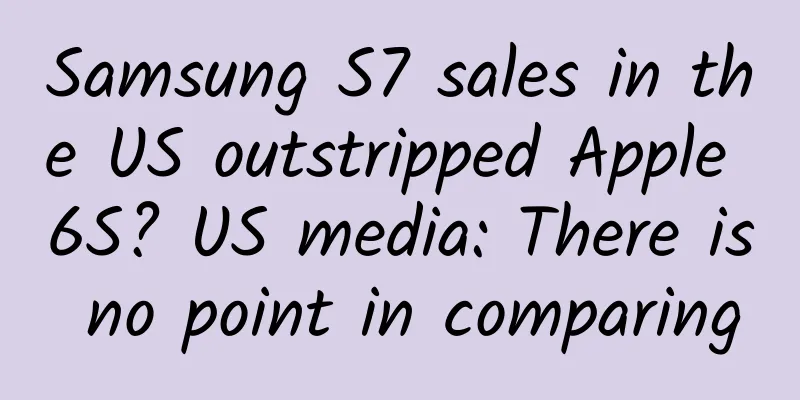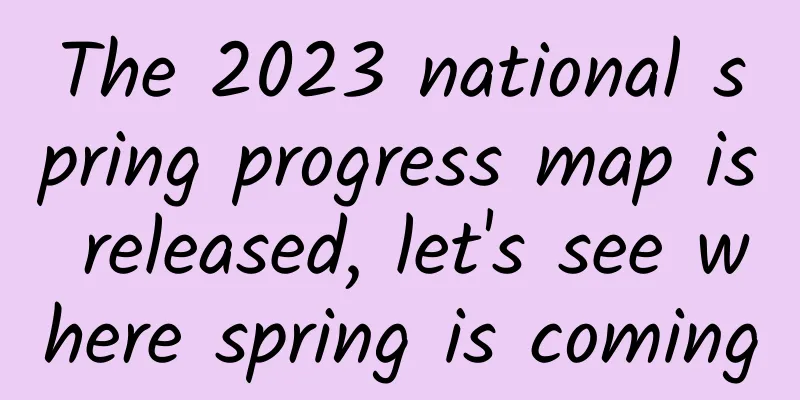Why don’t pineapples have seeds?

|
Now is the season for pineapples. When eating pineapples, have you ever thought about this question: Why don't pineapples have seeds? Unlike watermelons, pineapples are seedless not because of biotechnology but because of the Pacific and Atlantic oceans. The story begins with the origin of pineapple. The pineapple (Ananas comosus) is native to South America and belongs to the Bromeliaceae family. It is the third largest tropical fruit in the world, ranking only after bananas and lemons. It is also the only edible species in the Bromeliaceae family and the most valuable species to humans. Pineapple seeds. Image source: WikiMedia Unlike triploid seedless watermelons, the pineapples we usually eat can indeed grow seeds. If a pineapple has seeds, they grow just under the skin, are brown in color, are very hard, and do not taste good. However, this is not the main reason why artificially grown pineapples have no seeds. Pineapples don't grow on trees. Image source: WikiMedia Pineapples have no seeds, mainly because once a pineapple has seeds, it is not delicious. This is related to Pineapple's special skill points. Like most species, the pineapple has a "heart" that looks sweet and upward every day. It is called the shoot apex. The tip of the seedling always grows upwards and then turns into leaves. When the leaves grow long enough, flowers will grow from the tip of the seedling. This pineapple flower is actually the pineapple we eat. The tip of a pineapple plant (top). Image source: Biology of the Pineapple Plant Yes, pineapple flesh is not its fruit, but the ovary under the pineapple flower. Those hard and sharp square protrusions on the pineapple shell are actually withered flowers and bracts. The pineapple shell has a lot of points, right? So the pineapple is actually a coalesced multiple fruit formed by hundreds of flowers and the ovaries underneath. Uncle police, this plant reproductive organ that does not produce offspring is really delicious. The ovary of a pineapple (indicated by ovaries in Figure E). Image source: Handbook of Pineapple Technology Is it possible to have “results” without “results”? This is the special skill of pineapple: it can grow "fruit" without being pollinated, or without producing seeds. But what would happen if you force-pollinated a pineapple? When pineapple flowers are not pollinated, they can be beautiful on their own and try their best to make themselves delicious. But when the pineapple is really pollinated, it will use its energy on growing seeds instead of growing fruit, so the pineapple will not be as delicious . Additionally, once a pineapple is pollinated, the hard seeds make it tougher than a human mouth. It is these two points that prevent pineapples from being pollinated. Pineapple flower, Image source: WikiMedia Wait, with so many bees in the world, shouldn’t pineapple flowers be easily pollinated? I just said that pineapples come from America. In fact, there are very few natural pollinators for pineapples, and insects including bees cannot pollinate them. Pineapples have their own exclusive pollinators, and they are hummingbirds, which also come from America. Most of the bromeliads come from tropical America, and they are almost entirely dependent on hummingbirds, their “fellow countrymen”, for pollination. Therefore, the evolution of bromeliads has also been directly influenced by hummingbirds. Hummingbirds have excellent vision and prefer flowers that are long and brightly colored. Image source: WikiMedia For example, the flowers of bromeliads are designed to look just like hummingbirds: bright, elongated, and filled with nectar. In fact, that’s why most bromeliad flowers are bright red. This mutual rush is also exclusive. Not only do the long flowers fit perfectly with the hummingbird's beak, but the flowers of the bromeliad family usually do not have a platform for insects to land on, making them very unfriendly to insects. Pineapple flowers are like this. Pineapple flowers cannot be pollinated by bees, and bees will not pay attention to pineapples. Only hummingbirds that can fly and sip can enjoy the nectar in pineapple flowers. To avoid attracting bats and beetles, most bromeliad flowers have no scent, which is fine for hummingbirds, who have good eyesight but a poor sense of smell. And because hummingbirds are high-energy-consuming creatures, they are unwilling to migrate unless there is a large amount of high-sweetness sugar water at their destination, let alone cross the ocean . Therefore, until now we can only see hummingbirds in the Americas. As for pineapples, after being brought to other parts of the world, they lost their exclusive pollination hummingbirds and were instead transformed into delicious fruits according to human ideas. In order to ensure that pineapples are not pollinated and still remain a popular sweet and sour fruit, some places even ban hummingbirds from entering , such as Hawaii. Hawaiian pineapple. Image source: WikiMedia In the 1930s, the Hawaiian Islands was the world's largest producer of canned pineapples, and the canned pineapple industry was once one of Hawaii's pillar industries. Hawaii is now an important production area of fresh pineapples, mainly supplying the United States. Therefore, Hawaii is particularly afraid that hummingbirds will destroy the pineapple planting industry after entering the country, so the Hawaii Department of Agriculture has explicitly prohibited the entry of hummingbirds. The Hawaii Department of Agriculture prohibits the entry of hummingbirds. Image source: Hawaii Department of Agriculture official website In fact, due to the United States' Migratory Bird Treaty, hummingbirds cannot be taken anywhere in the United States, and it is illegal to even take a hummingbird nest in the United States. A stamp issued by the United States in 1966 commemorating the Migratory Bird Treaty. Image source: public domain But there are also some downsides to the pineapple-hummingbird combination. For example, the pineapple's unique pollination characteristics make it difficult for us to eat new varieties of pineapples . As mentioned earlier, pineapples cannot naturally produce seeds without hummingbird pollination. This actually depends on a necessary condition: The pollen of pineapple flowers cannot fertilize themselves, which is called "self-pollination". Otherwise, if the pineapple pollen accidentally sticks to the pistil of the same flower, it will still produce seeds. Also because of the inability to self-pollinate, the research and development of new pineapple varieties has a long history. Until now, the world's most important pineapple variety is the thornless Cayenne, or Smooth Cayenne, which is the kind that was canned in Hawaii 100 years ago, and it has a global market share of 70%. The artificial cultivation of pineapples relies on "copy and paste", that is, vegetative propagation (cutting a section and grafting). After eating a pineapple, we can plant the leaves on it and get a new pineapple, thus achieving pineapple freedom. The leaf arrangement of the thornless caine (left) is 8 or 13, which is different from other varieties. Source: itfnet.org It wasn't until 1996 that the Pineapple Research Institute of Hawaii developed MD-2, a sweeter, yellower and more expensive variety that mainly occupies the European and American markets. At this point, Pineapple’s story of showing off his fandom is far from over. You may have heard that, “ When you eat pineapple, it’s eating you ,” because pineapple flesh and its plant contain proteases that can break down proteins . In fact, the meat tenderizer used in cooking (food additive code is E1101) - Bromelain is extracted from pineapple plants. Protease can break down protein, causing pain to animals that eat it, which is naturally beneficial to pineapple's self-protection. However, if pineapples don't want to be eaten, why would they turn on the default pineapple growing mode without pollination? For which brave warrior who is not afraid of a sore mouth is this delicious pineapple prepared? Is this animal still in America? This is probably another sweet yet spicy evolution story. Source: Bringing Science Home (steamforkids; written by Qijun) |
<<: Garlic can kill bacteria, so why does it get moldy?
Recommend
Crossing the no-man's land again! Three highways across the "Sea of Death". How did the "infrastructure maniac" build them?
On June 30, the Xinjiang Yuli to Qiemo highway - ...
Dongfeng Peugeot is publicly reducing configuration but not lowering prices. Is this something or is there some other trick?
If it is a normal product, you get what you pay f...
What are the characteristics and trends of advertising for tool apps?
Mobile tool apps are a type of app that started r...
Quark Product Operation Analysis Report
With the widespread promotion of mobile Internet,...
The weather is too hot, so sea turtles can only hatch baby girls | Nature Trumpet
Welcome to the 15th issue of the Nature Trumpet c...
Is Apple going to provide an official ranking service? Maybe everyone is happy!
Perhaps in the near future, we will be able to se...
iOS 14 "Voice Recognition" function test: Can you know when the door is knocking even with headphones?
Apple has introduced a large number of new featur...
Logarithms: The mathematical discovery all astronomers should be grateful for
Tables of logarithms have been a useful tool for ...
How to analyze Baidu bidding promotion landing page-what data should be analyzed?
Website data analysis refers to the process of in...
Learn Bazi from scratch (Basics)
Learning Bazi from scratch (Basic Edition) Resour...
Three thousand years after his death, the head of state made an official visit to France
In September 1976, the Paris-Le Bourget Airport w...
A close relative of the “man-eating plant” reappeared in Xishuangbanna - the parasitic flower. Will it eat people?
Produced by: Science Popularization China Author:...
Foreign media: US judge suspends US Commerce Department's WeChat removal order
According to Overseas Network (the official websi...
Content Operations: How to achieve sustainable growth through content?
This article uses four steps to help newbies in e...
Do ruminants have fewer stomach problems than humans?
I saw a very interesting question today and I wou...









